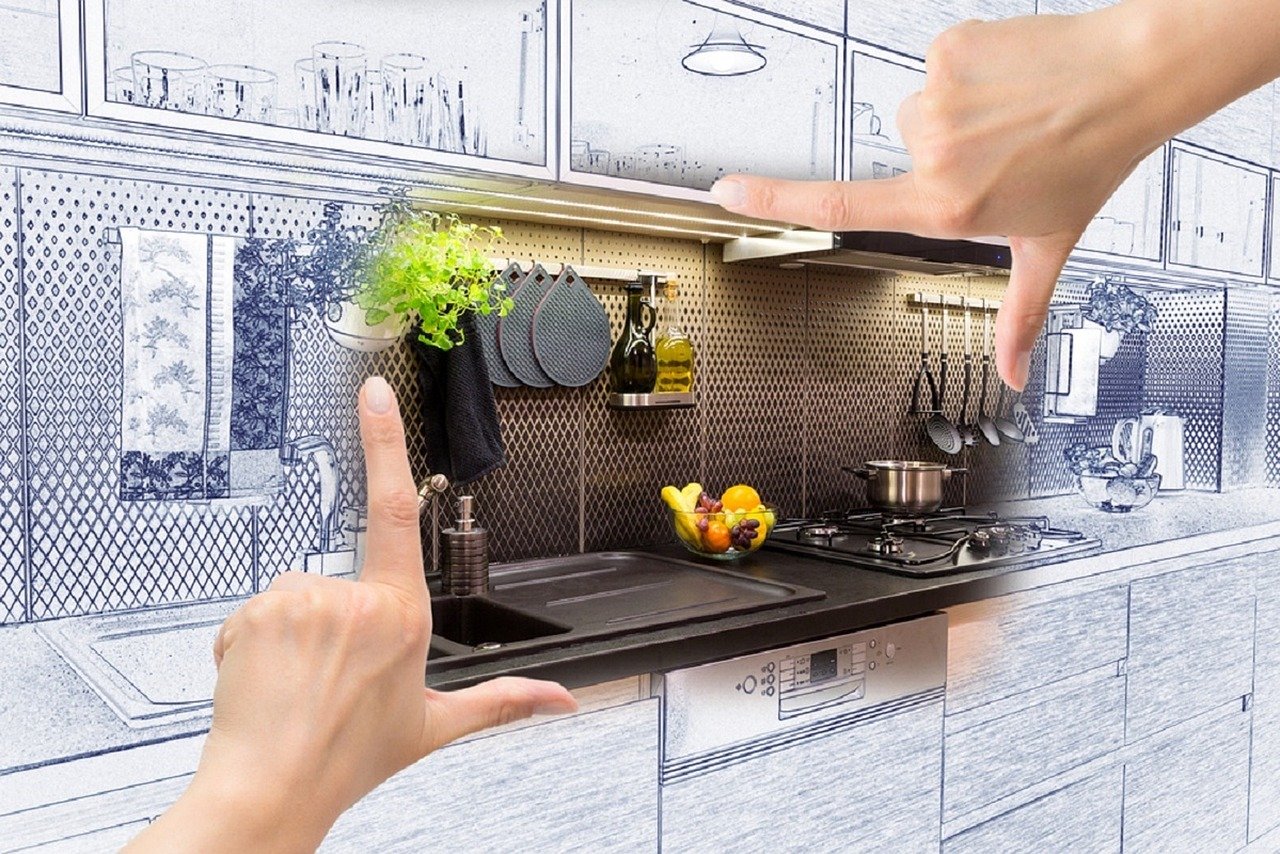Starting a home renovation is exciting, but it can be overwhelming for most people. If this is your first-time, don’t worry. This article will guide you through the basic steps. Remember one key rule: planning ahead is crucial.
1. Floor plan with dimensions
Decluttering your room will give you full visibility on the total space available for your renovation. Start by removing furniture, personal belongings, and everything that will be replaced: towel rails, curtains and blinds, shelves, plants, artwork, hooks, doors, cabinets, ceiling fans.
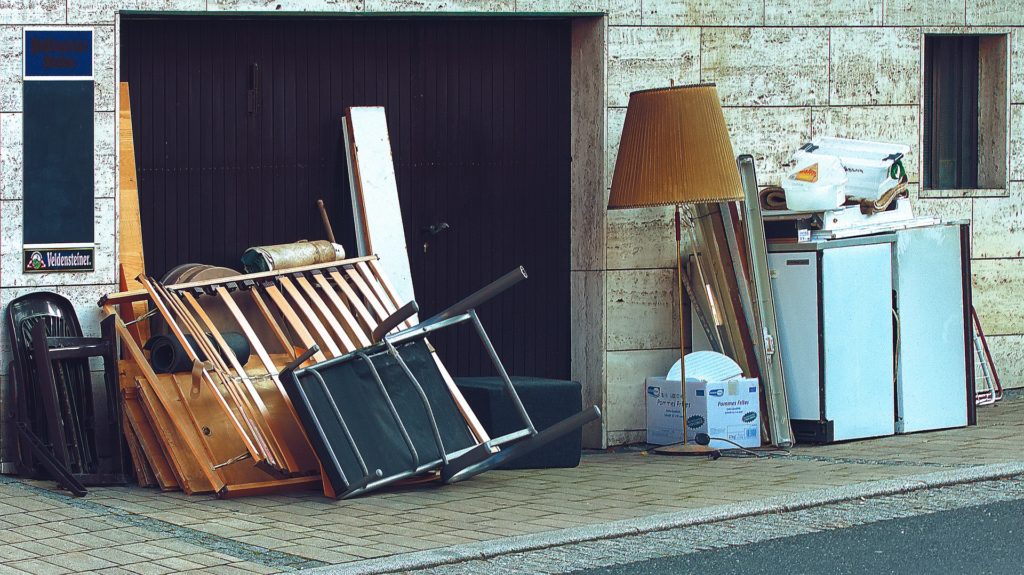
If you don’t have a floor plan on hand, we recommend that you get one drawn up because you will need the exact measurements of this space. Also, take photos because you might need to share them with suppliers and tradespeople assisting you with the renovation.
2. Recycle
After decluttering the space, choose what items you would like to recycle and give a new fresh look. It’s time to get creative and see what can be reused in different areas of your home.
This applies not only to freestanding furniture, but with lighting, kitchen and laundry cabinets, sink, doors, tiles, taps, stone bench top, windows and doors.
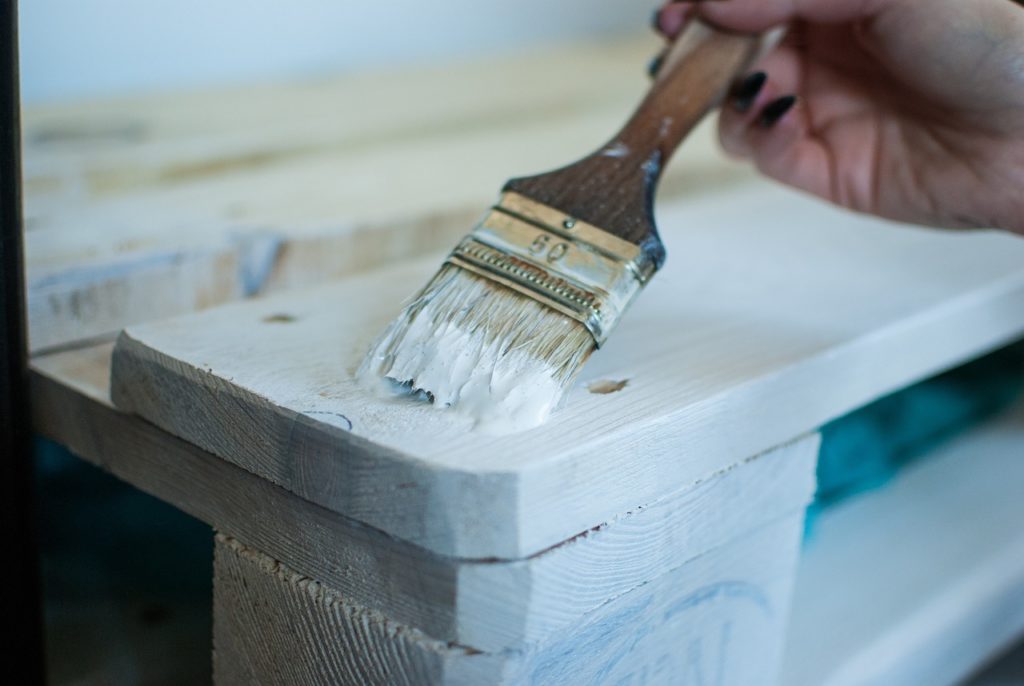
Recycling is good for the environment, and you can save lots of money if you don’t need to repurchase many of these items during your renovation.
3. Donate or Sell
Be careful when decluttering your space. Many things that no longer fit in your home can be donated to a local op shop, or be monetised by hosting a garage sale, or selling them online through websites and social media platforms.

Trust me, there will always be someone interested in buying that unwanted item you are selling. This also helps protect the environment; instead of being thrown away, it is sent to a new, forever home.
4. Set Clear Goals
Every renovation is unique, and it’s important that you set clear goals and cost expectations before commencing any work. You can start this by writing a list with all improvements that you expect this renovation to achieve.
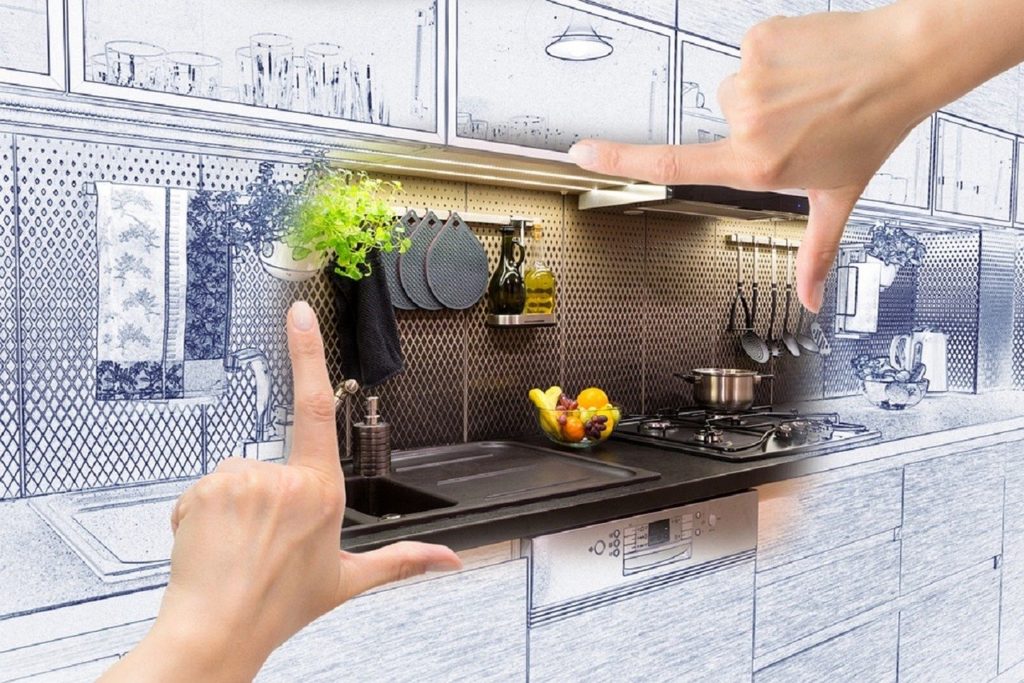
Example: remodelling my kitchen, changing the layout to make space for a larger cooktop, adding a double sink with modern tap ware, changing the splash back colour, adding a ducted range hood, recessed led lighting, a larger stone bench. Estimated cost: $15,000.
We see many people purchasing materials and contracting labour for their renovation without having a structured plan. Don’t make this common and big mistake; it can cost you lots of money, and you may not achieve the desired result.
5. Plan & Budget your Home Renovation
Once your goals and cost expectations are set, it’s time to write a detailed plan including the name of each room, a list of all improvements within that space, and an estimate per item including materials and labour.

Be sure to add a 10-15% buffer for unexpected expenses. You can write this plan using a spreadsheet or a word document. Your plan will be reviewed later, once you complete the next steps.
6. Research & Gather Ideas
It is easy to get overwhelmed if you don’t know where to find ideas for your renovation, so keep it simple. Check your plan written in Step 5, and use that list of materials as your guide. You can start by browsing the product name on google, and checking related websites.

Once you find something that you like, check the brand name and see if there is a social media page where you can view photos of recent projects featuring their range. Also, check if there is a local retailer supplying this and other similar products.
Visiting these retailers to discuss your project is a great way to gather ideas, to check prices, and to know what sizes, finishes and colours are available. Lastly, you will hear first hand their experience with certain brands, and the key differences in quality and lead time.
7. Do It Yourself
After completing Step 5 and 6, it’s time to roll up your sleeves and decide which parts of your project you can do by yourself. DIY is a great way to learn new skills and, best of all, you can adjust the speed of your renovation depending on your availability of time and money.
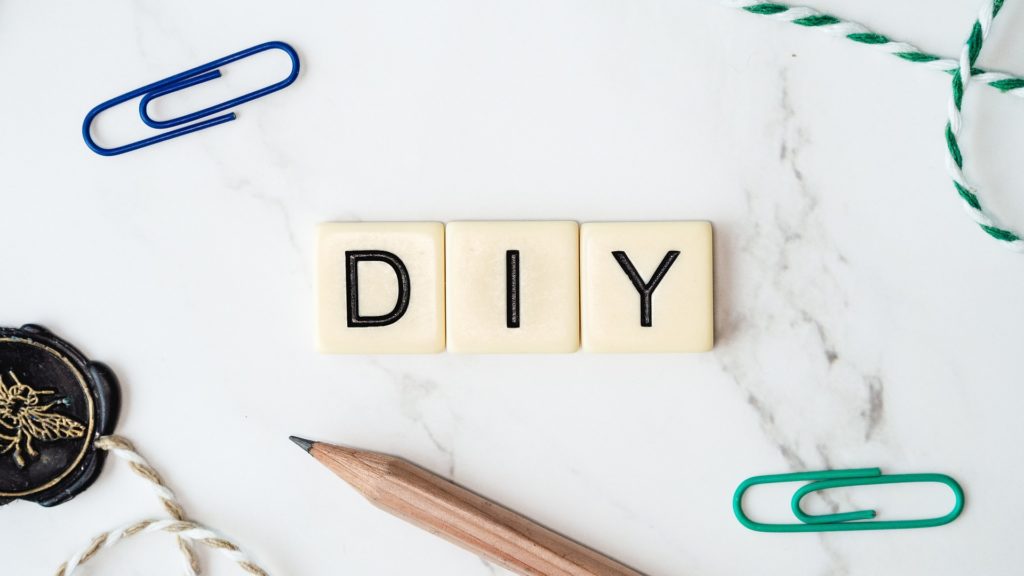
But before you start demolishing walls or removing fixtures, assess your skill set realistically and see if you have all necessary tools and equipment because some can be expensive.
8. Get Professional Help
While some tasks can be DIY projects, others might require professional expertise and equipment to ensure safety and quality. We recommend that you make enquiries with licensed trade professionals to discuss the project, and to obtain a quotation.

The best strategy is to book an on-site meeting to discuss your plan in detail. Their experience with other similar projects might give you the opportunity to learn a new approach to specific parts of your renovation. This could save you time and money, especially if they offer to pass on the trade discount they receive from their suppliers.
Now is time to go back to your Plan written in Step 5, and to review all tasks, materials, alternative options, who will be responsible for each part of your renovation, timeline, and most importantly – your budget.
9. Check Licenses
It is recommended that you check if all professionals assisting with your renovation have appropriate license and insurance for this type of project (plumber, electrician, engineer, builder, air conditioner installer, carpenter, pool builder, etc).

Ask for their license number (if this was not listed in their quotation), and a copy of their insurance certificate. There are websites where you can check if their license has expired or cancelled, or if they had any legal disputes with past projects and penalties imposed by their professional body.
10. Compare Quotations
Request prices to be quoted in writing, and make sure the scope of work and all items discussed are listed in the quote. Also, don’t be tempted to accept quotes only because they are cheaper and fit within your budget. It’s important that you obtain at least two to three quotes to compare, and that all quotes are for the same standard of work and materials.
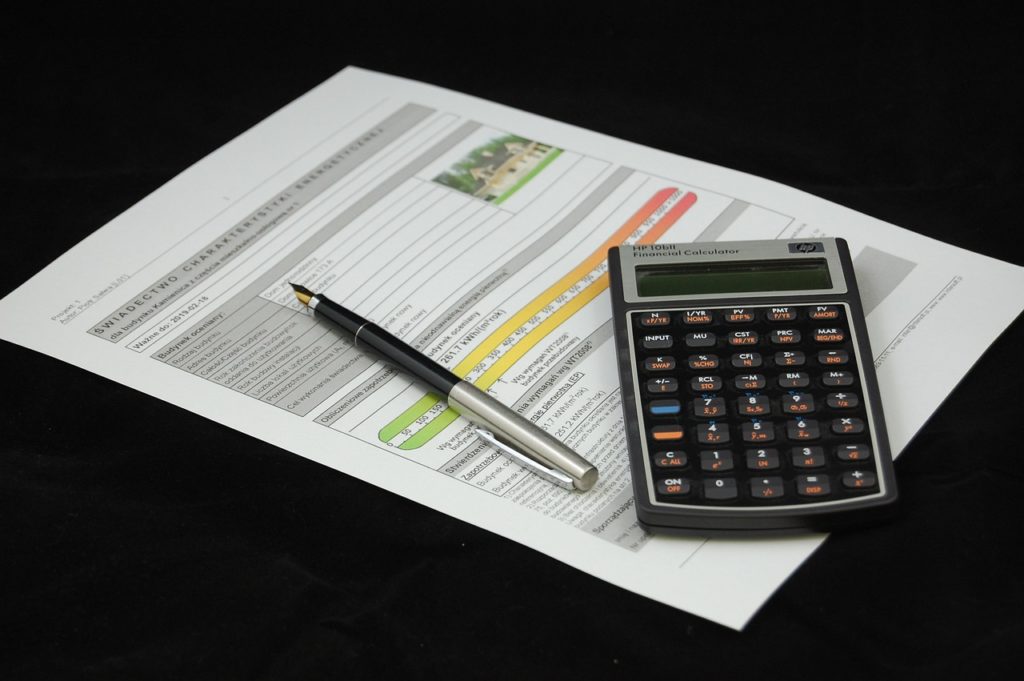
It’s important that you read each quote carefully, and contact suppliers and tradespeople if you have any questions regarding their quotations, before you go ahead with it. Check the lead time, and make sure that you have all materials on site in a timely manner to not delay your renovation.
If you haven’t chosen specific finishes or materials, then it is still important that you allocate specific budgets for these things.This will prevent cost blowout.
With all quotes at hand, it’s time to go back to Step 5 (Plan and Budget) to adjust the numbers and the time frame accordingly.
11. Check Local Permits For Your Home Renovation
Each council has its own local codes, so before you start your renovation, it is important to contact them to ask if you will need to apply for a specific permit.
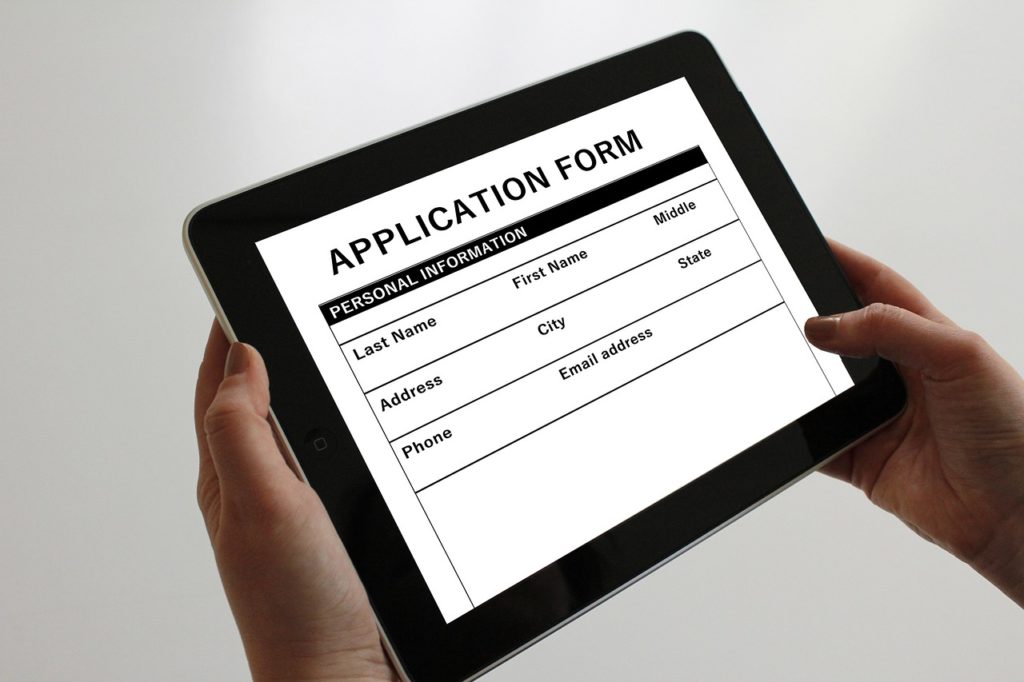
If you are engaging a licensed trade professional to assist with the renovation, it is very likely they will prepare and lodge the application as required by law. Make sure this is written in the contract, skipping this step can lead to costly legal issues down the track.
12. Update Your Insurance
It is very important to contact the insurance company for your home or investment property before you commence renovating it. We recommend that you explain the type of work that will be carried out, and ask them to update your policy accordingly for the duration of your project.
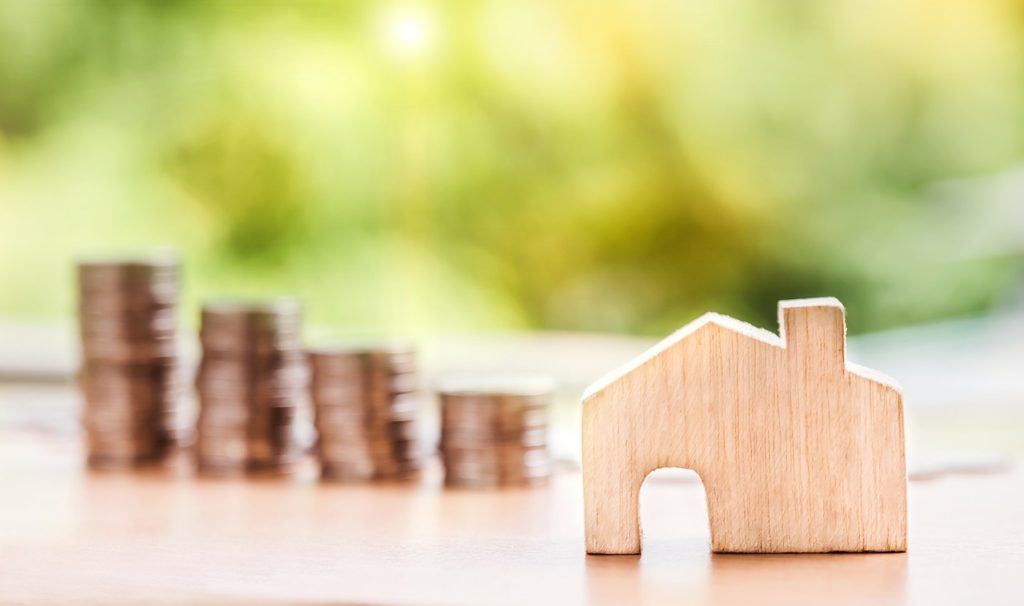
You might need to pay a higher insurance premium and excess during your renovation, but it is worth it. If you don’t inform your insurer, you may find that they will not cover a claim for an event during the renovation that wasn’t included in your policy.
13. Make a List With Contact Details
You should make a list with names and phone numbers of everyone working in your renovation. This list should be visible on site, in case anyone needs to make contact with you or other tradespeople that worked the day before and during the next phase. Remember, good communication is key to ensure a smooth process during your renovation.
14. Know Your Responsibilities
During your renovation, make sure the work area is kept safe and tidy at all times. It’s important to inspect each space regularly, and to speak with the tradespeople working on site to see what is planned for the day, who is working, if they are wearing protective gear, and if they have all tools and materials needed.

Also, make sure that anything blocking passages is removed before they commence work each day. Check for any potential hazards such as equipment connected to power when not in use. And inspect if the room is well ventilated and illuminated at all times.
Tools must be safely stored, and the same applies to materials that will be used during your renovation. Check when they will arrive, and if heavy you might need extra people or equipment to unload goods safely. Also, make sure the space to store goods is clear ahead of time. And be prepared for rainy days, you might need to cover materials that will be left outside.
15. Prioritise Safety
Any structural repair and updates that affect safety should be prioritised before you tackle any cosmetic work. Things such as fixing plumbing, gutters, downpipes, roofing issues, switchboard upgrade, a bursting hot water system, blocked doors and windows.
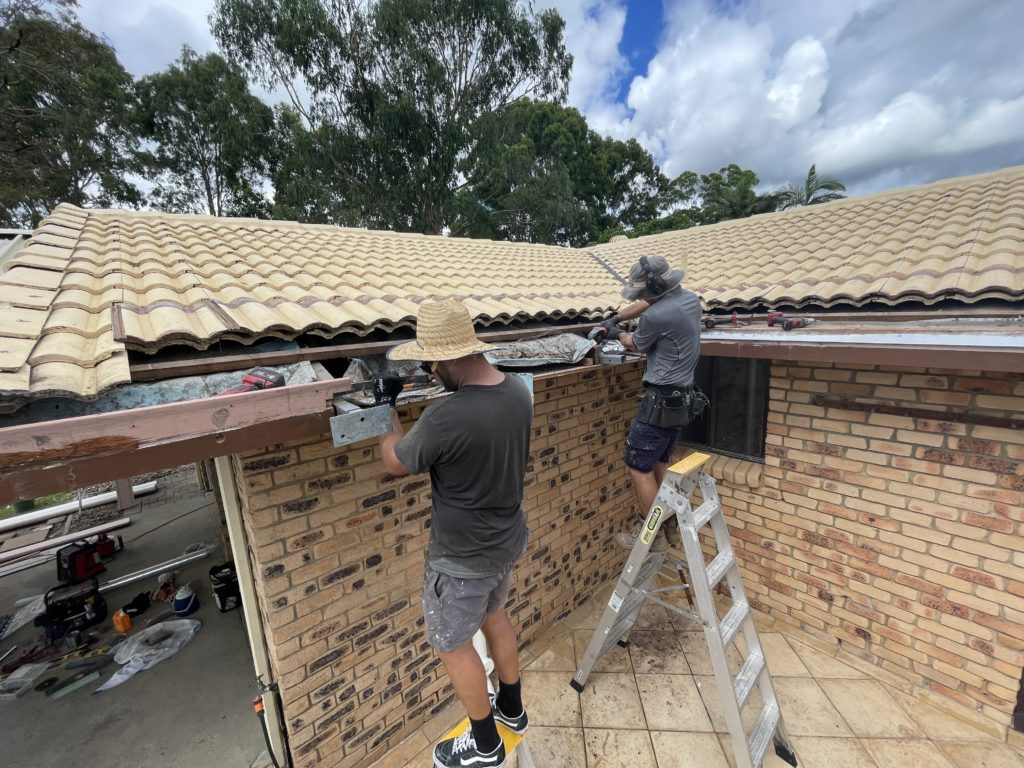
Make sure the site is safe for everyone to work at all times. Your renovation might take weeks or months, and contractors could be working for an extended period of time.
You can obtain more information about safe renovation practice on link https://www.health.nsw.gov.au/environment/diy/Pages/safe-renovation-practice.aspx
16. Meet and Greet
We recommend that you speak with everyone working on your home renovation each day. This ensures your plan and specifications are being followed, and any issues can be addressed immediately.
Also, don’t be surprised if changes with contractors need to be made along the way. If this happens, you will need to review your original plan to avoid a budget blowout.
17. Secure Your Home
It’s very common to have people walking in and out of your property every day during the renovation. Make sure everyone knows who is allowed to enter the space, anything suspicious should be reported to you.
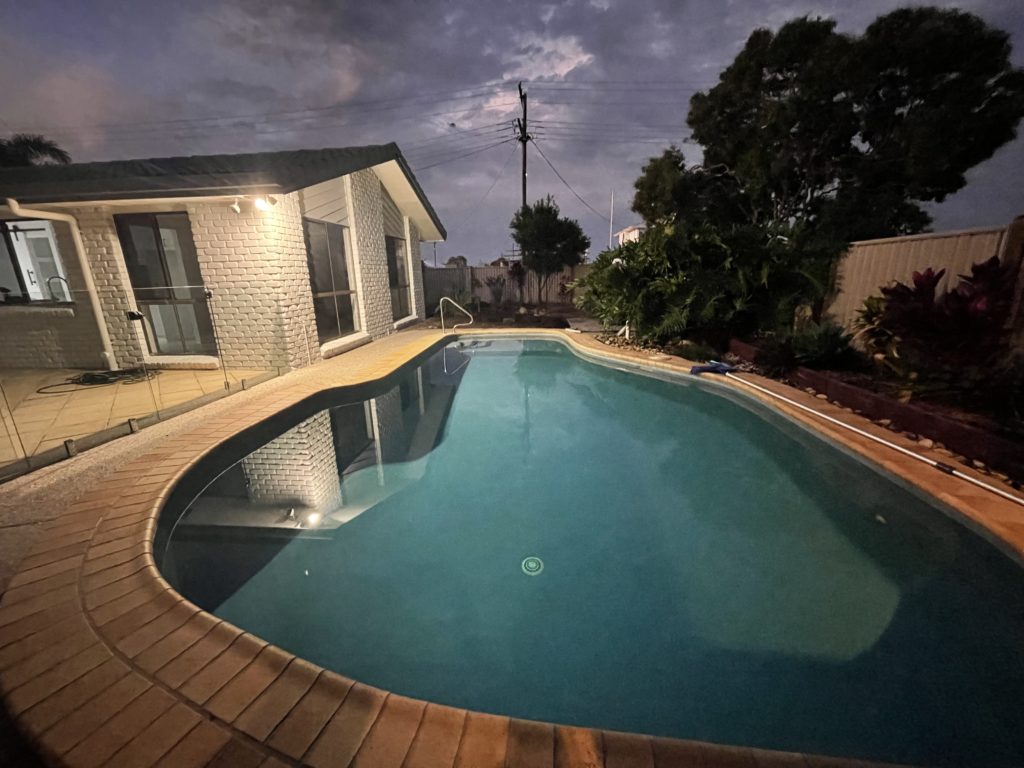
At the end of each day, check if all windows, external doors and gates are locked. Also, keep your letterbox empty, and turn on the external lights before you leave. It’s important to keep your home secure during the whole renovation so burglars don’t get tempted.
Summary
- The idea of renovating your family home is exciting, but it requires careful planning. Set a realistic budget, and clear goals with the improvements you would like to make.
- Don’t assume that everyone working during your home renovation have the same attention to detail as you. Clear communication is key with everyone involved, from start to finish.
- You might face some challenges along the way, and this is part of the process. Be confident, and surround yourself with licensed tradespeople for tasks that require professional expertise and equipment to ensure safety.
- Remember, a successful home renovation is a blend of creativity, patience, prudent decision-making, budgeting, and flexibility.

